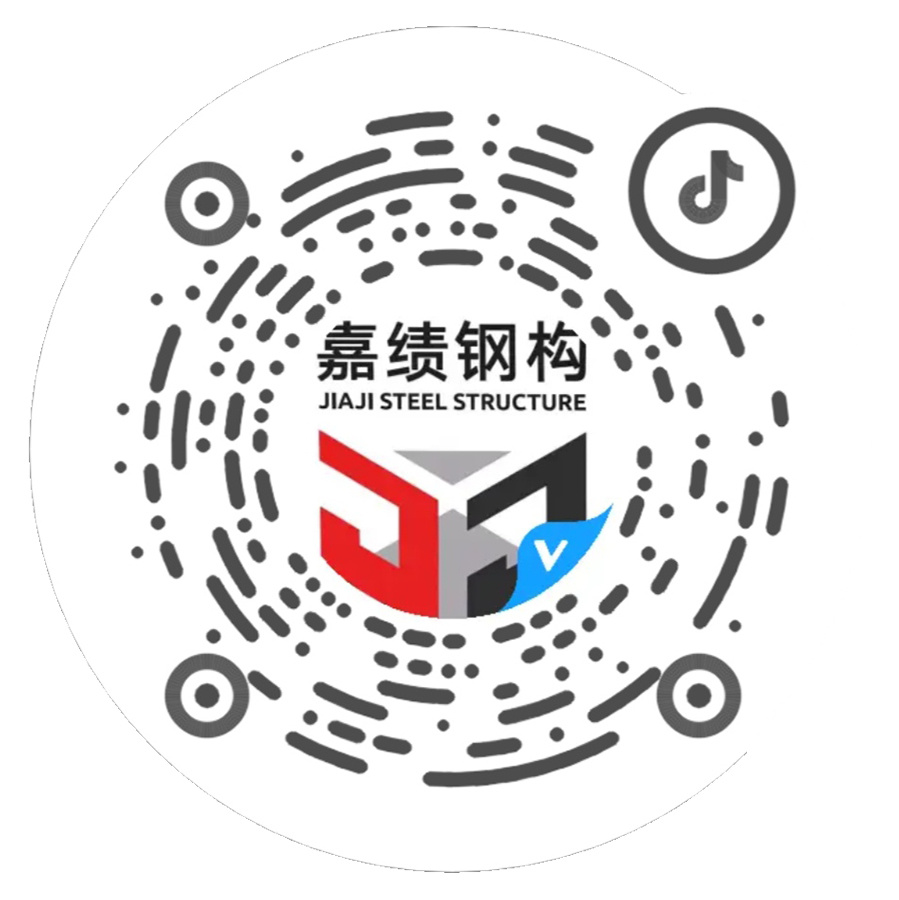Preparatory work before steel structure installation and welding
Published time:
2024-11-04
Welding materials: Ensure that the welding materials and equipment used meet the standards and have excellent performance. For example, welding rods should be dried in a high-temperature drying oven, and the number of drying times should not exceed two; the welding wire packaging should be intact. If damage leads to contamination, bending, or disorder of the welding wire, part of it should be discarded; the purity of CO2 gas should not be less than 99.9% (volume ratio), and the water content should be less than 0.05% (weight ratio). Stop using the bottle when the high pressure inside is lower than 1 MPa.
The preparatory work before the installation and welding of steel structures is crucial, directly affecting the quality and efficiency of welding.
I. Material Preparation
Welding materials: Ensure that the welding materials and equipment used meet the technical standards and have excellent performance. For example, welding rods should be dried in a high-temperature drying oven, and the number of drying times should not exceed twice; the welding wire packaging should be intact. If damage leads to contamination, bending, or disorder of the welding wire, part of it should be discarded; the purity of CO2 gas should be no less than 99.9% (volume ratio), and the water content should be less than 0.05% (weight ratio). Stop using when the high pressure in the bottle is lower than 1 MPa.
Base material: Check whether the type, specifications, and quality of the base material meet the requirements, and whether there are defects such as cracks, rust, and oil stains. Materials with defects should be processed or replaced in time.
II. Equipment Preparation
Welding equipment: Select appropriate welding equipment according to the specific welding process and materials, such as arc welding machines and gas shielded welding machines. At the same time, carefully check the equipment to ensure that it is in good working condition, including normal welding machine voltage, firmly tightened ground wire, reliable contact, no damage to cables and welding tongs, uniform wire feeding of the wire feeder, and no leakage or blockage of gas pipes.
Auxiliary equipment: Slag cleaning, gas gouging, welding rod drying and insulation devices should be complete and effective.
III. Working Environment Preparation
Clean the work area: Clean the work environment to ensure that the work area is clean, dry, and free of debris. At the same time, pay attention to ventilation and lighting to ensure a safe and comfortable working environment.
Build wind and rain shelters: There should be wind and rain shelters around and above the welded joints of the components to prevent rain and snow from affecting the welding quality.
IV. Technical Preparation
Familiarize yourself with the drawings: Familiarize yourself with the construction drawings and related technical documents, and understand the specific location, size, and shape requirements of the welding.
Develop welding procedures: Develop detailed welding procedures based on the construction drawings and welding requirements, including welding methods, welding sequence, and welding parameters.
Conduct technical briefings: Conduct technical briefings for welders to ensure that they are familiar with the welding procedures, master welding techniques, and understand safety operating procedures.
V. Personnel Preparation
Welder qualifications: Ensure that welders have the corresponding qualifications and certificates and have completed training.
Safety protection: Welders should wear personal protective equipment, such as welding masks, gloves, and work clothes, to prevent burns from spatter and arc radiation injuries.
VI. Other Preparations
Check the bevel: Before welding, check the bevel angle, blunt edge, gap, and misalignment. Rust, oil stains, and iron oxide scale in and on both sides of the bevel should be cleaned.
Preheat treatment: Before welding, use gas welding or a special baking gun to uniformly heat the bevel and the base material within 100 mm on both sides, and use a surface thermometer to measure the temperature to prevent the temperature from not meeting the requirements or local oxidation of the surface.
The preparatory work before the installation and welding of steel structures involves many aspects, including material, equipment, working environment, technology, personnel, and other preparations. Only by doing a good job in these preparations can we ensure the smooth progress of the welding process and the efficient guarantee of welding quality.



